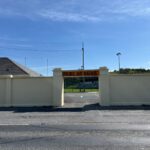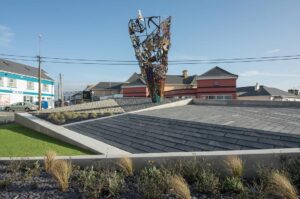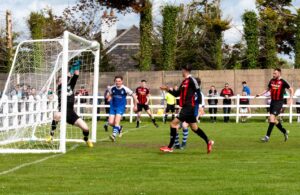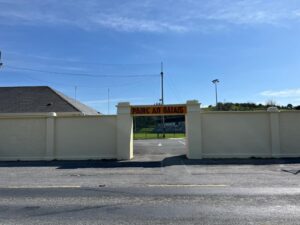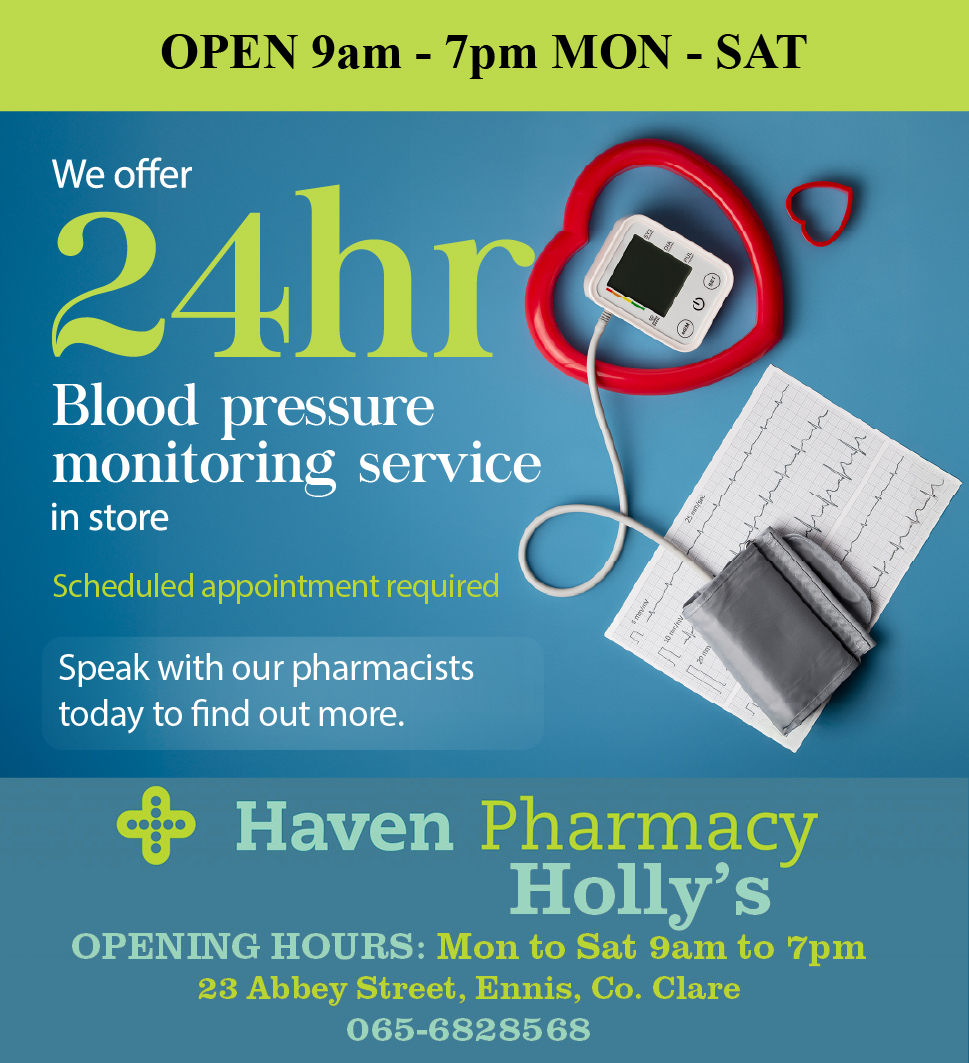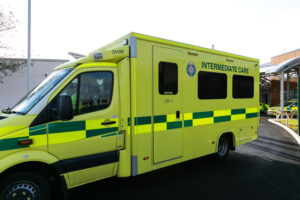No additional resources have been sought by the National Ambulance Services (NAS) for the West Clare area.
Despite its presence below the county’s average response time last year, there are no plans to seek additional ambulance services for the West Clare population.
From the period of January 1st 2019 to November 18th 2020, the average response times for ambulance ECHO & DELTA calls for Co. Clare are 15 minutes 56 seconds.
On average, category 1 (life threatening) calls in West Clare last year did not meet the Health Information and Quality Authority response target time of 18 minutes and 59 seconds. Instead the average response time was 19 minutes and 15 seconds.
875 category 1 calls were recorded in West Clare in 2020 equating to an average daily volume of 2.39 calls with a minor increase during the peak month of August 2020. Historical data informs “the optimum number” of emergency ambulances and rapid response vehicles deployed to a location. An evidenced based approach is used for future projections of emergency call volumes.
“Currently, no additional resources have been sought for the West Clare area,” Bill Forbes, Chief Ambulance Officer, National Ambulance Services West stated.
At a recent meeting of the Regional Health Forum West, Cllr Cillian Murphy (FF) queried if the HSE were preparing plans to “ensure adequate emergency medical cover is in place for 2021” as he cited “the significant increased population levels in our coastal communities during the 2020 summer season, and the full expectation of similar situation for the summer of 2021”.
Murphy asked, “are there any plans to allocate extra Rapid Response Vehicles to increase the emergency cover capacity for those coastal communities which will see the biggest population increases”.
Forbes in response detailed that the NAS “utilises dynamic deployment to meet any increased service demand requirements”. An ICT process providing real-time basis information to staff of the National Emergency Operations Centre is used, they “can then continually match currently available resources and their locations with service requirements. Therefore, the National Ambulance Service does not operate a static deployment model (station-based system) where a dispatched ambulance leave a coverage gap until they return to their home-base after service. Dynamic deployment deploys available emergency ambulances to different locations and this leads to shorter response times for patients in an emergency”.
There was “considerable planning and effort” put into the establishment of the Emergency Aero Medical Service by the NAS, the Irish Air Corps and the Irish Coast Guard (IRCG), he said. “It is an essential part of our country’s emergency response and has greatly reduced scene to hospital times from rural areas”.
Data on the monthly average response times was sought by Cllr Murphy after reading the response from Mr Forbes. “The use of averages tends to hide more than it reveals more often than not,” the Kilkee representative commented. “It seems I’m a bit fixated on the ambulance service but it is hugely important to the community I represent”.


